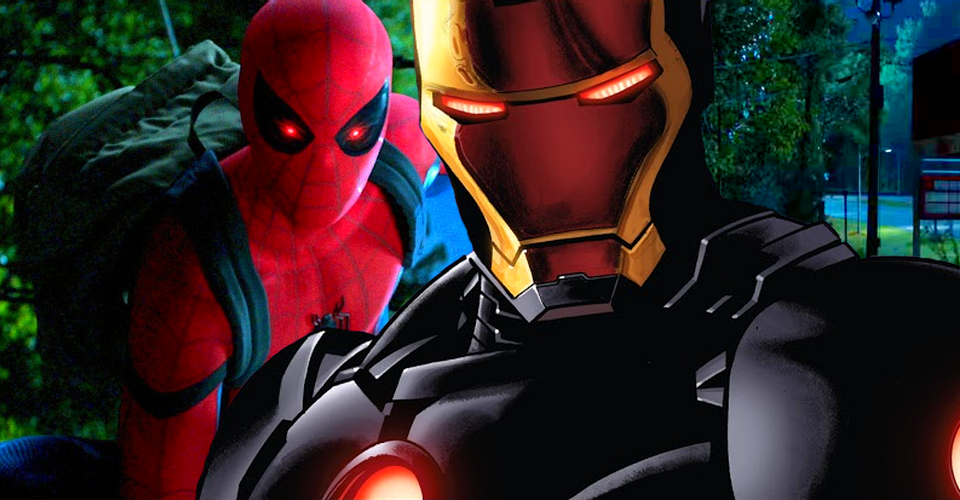Iron Man’s Instant Kill Feature Is So Much Darker in the Comics

He might be a hero, but Iron Man is first and foremost a designer of weapons, and while the “instant kill” feature was mostly played for laughs in the MCU as part of Spider-Man‘s Stark-designed costume, the comics reveal the true darkness of this ability.
In Spider-Man: Homecoming, Peter accidentally activates “instant kill,” which causes his eyes to flash red and his suit AI to prepare lethal maneuvers. While the teen hero quickly deactivates this function, it returns in Avengers: Endgame, mowing down Thanos’ forces by allowing his mechanical arms to strike independently. But this auto-fire capability isn’t unique to Peter’s armor, and most of Tony’s suits have the capability to carry out autonomous attacks on his say-so. What’s different, however, is that Tony’s instant kill doesn’t activate prehensile arms on his back, but rather the very suit he’s trapped inside.
In Iron Man #4, from Kieron Gillen and Greg Land, Tony is in the midst of one of his most vital missions. AIM has stolen and distributed Extremis – a bio-hacking tool that allows anyone smart enough to essentially reshape the human body. Different individuals have purchased Extremis for wildly varied ends, and Tony finds himself in the Catacombs of Paris, where a Lovecraftian cult have used Extremis to fix an alarming problem – they want to birth a dark god into the world, but the human form has so far proved too fragile. In response, the cult’s scientists have used Extremis to effectively reprogram thirteen human women as demons, vastly increasing their physical abilities while also enforcing a set of “supernatural” controls that coincide with their beliefs.

Predictably, the demonic women break free, and the scientists end up trapped behind eldritch symbols which their victims are programmed to be unable to cross. When Tony arrives, the demons attack, but he’s able to pacify them by using a laser to recreate the symbols around him, leaving the women unable to attack, but Tony trapped underground. Realizing he can’t allow the Extremis-powered killing machines to run wild in Paris, Tony instructs his suit to take control, firing on the living beings in front of him until “targets equal zero.” Not wanting to see the carnage, Tony turns off the suit’s visual readout, but he can still hear and feel the grisly process.

While Tony is able to spare one woman whose programming appears to be faulty (but who it’s suggested is now carrying actual demon spawn), the mission shakes him to his core, and he later admits to Pepper Potts that he’s sorely tempted to break his sobriety, confronting the fact that he is far too prone to, “treating people like things.” While the MCU shows Peter barely noticing his suit cutting down non-human attackers, Iron Man is traumatized by his own “instant kill” setting, and while he doesn’t have to watch it at work, he makes it clear that these are still his killings, and how disturbing it is to methodically gun down targets who are genuinely dangerous but also totally unable to fight back.
The story readily and unironically embraces a troubling trope where a male hero has to “mercy kill” a now monstrous woman, but it also underscores how far from heroism Tony is in automating the slaughter of his enemies, and it doesn’t come close to playing off the experience as a joke as in the MCU. While “instant kill” was an amusingly over-powered ability for Spider-Man in the movies, the comics make it clear that it’s one of the darkest tools in Iron Man‘s arsenal, and something he doesn’t use unless he can’t bear to face the alternative.
About The Author


















